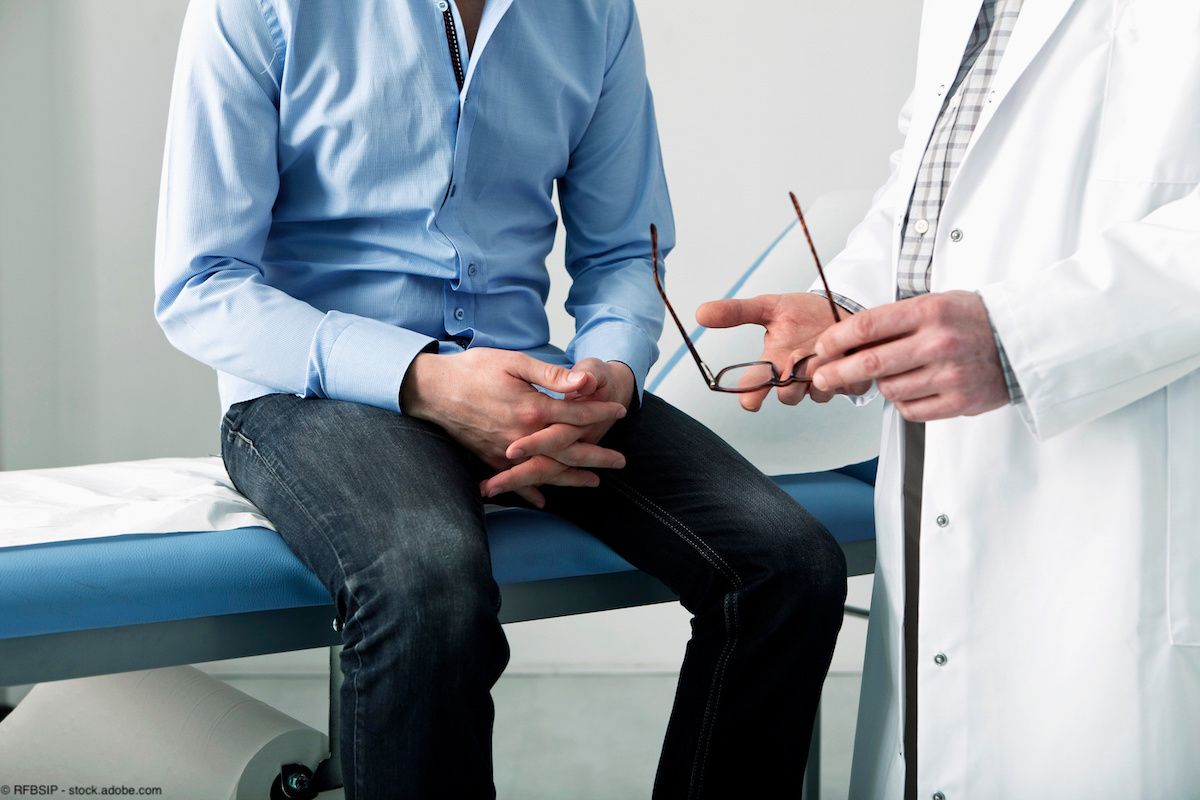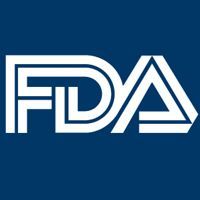Article
Waterjet ablation confers advantages over TURP
Heat-free high-velocity waterjet ablation (Aquablation) for BPH performed with an image-guided robot-assisted platform (AquaBeam System) met its primary safety and efficacy endpoints in a phase III study.
Boston-Heat-free high-velocity waterjet ablation (Aquablation) for BPH performed with an image-guided robot-assisted platform (AquaBeam System) met its primary safety and efficacy endpoints in a phase III study.
Results of the study, known as Waterjet Ablation Therapy for Endoscopic Resection of prostate tissue (WATER), also showed the investigational procedure had several advantages compared with transurethral resection of the prostate (TURP), reported Claus G. Roehrborn, MD, speaking at the AUA annual meeting in Boston.

Dr. Roehrborn“TURP provided excellent improvements in lower urinary tract symptoms and urinary flow rate, establishing it as an excellent comparator, while Aquablation provided TURP-like results despite the newness of the procedure,” said Dr. Roehrborn, WATER co-principal investigator and professor and chair of urology at the University of Texas Southwestern Medical Center, Dallas.
“However, the combination of robotics and image guidance with Aquablation allows for a significant reduction of tissue removal time, which averaged under 5 minutes, regardless of prostate size. Furthermore, Aquablation produced superior safety and efficacy results, including in men with larger glands, and by avoiding use of thermal energy, it induced early and pronounced benefits, particularly with storage symptoms, while preserving ejaculatory function and continence to a greater degree than TURP.”
The double-blind WATER study evaluated 181 men randomized 2:1 to Aquablation or TURP. Eligible patients were 45 to 80 years of age, with a prostate volume of 30 to 80 grams, International Prostate Symptom Score (IPSS) ≥12, and peak urinary flow rate (Qmax) ≤15 cc/sec.
The two study groups were well-matched at baseline. The men had an average age of 66 years, mean IPSS ~22.5, mean prostate volume ~53 grams, and mean Qmax ~9.3 cc/sec. About one-half of patients in each group had a substantial middle lobe.
The primary safety endpoint of the study evaluated non-inferiority of Aquablation based on a 4.7-point difference in the proportion of patients with a persistent Clavien-Dindo grade 1 (CD1) event or a CD2 or higher event by month 3. The analysis showed 25% of the patients treated with Aquablation and 40% of those in the TURP group had a persistent CD1 or CD2 or higher.
“Because non-inferiority was met, a superiority analysis was conducted and demonstrated statistical superiority of Aquablation,” Dr. Roehrborn said. “Considering only persistent CD grade 1 events, which were all ejaculatory events, the rate difference was 17.7%, and this also proved to be statistically significant in favor of Aquablation.”
Ejaculatory function, which was measured using the Male Sexual Health Questionnaire for Ejaculatory Dysfunction, improved slightly in the Aquablation group and deteriorated on average in the TURP group, which was not unexpected, Dr. Roehborn said. The difference showed superiority of Aquablation versus TURP.
Both treatments induced temporary incontinence, but at the 3-month visit, Aquablation was statistically superior to TURP.
The primary efficacy endpoint evaluated change in IPSS from baseline to month 6. Both Aquablation and TURP were associated with substantial improvement (mean change, –16.7 and –15.2, respectively), with Aquablation proving itself non-inferior to TURP.
Next: Voiding symptoms among variables studied
Voiding symptoms among variables studied
IPSS subscore analyses showed a similar 10-point improvement in voiding symptoms in both treatment groups. Storage symptoms, however, improved more rapidly and more profoundly after Aquablation, and at 6 months, the difference between groups was statistically significant.
“A similar pattern emerged for quality of life score, but the treatment difference at 6 months did not achieve statistical significance,” Dr. Roehrborn said.

From baseline to 6 months, Qmax improved by a mean of 18.1 cc/sec in the TURP group and by 21.5 cc/sec among men who had Aquablation, and the difference between groups was statistically significant. There was no significant treatment difference in reduction of postvoid residual urine, which was reduced by about 50% in both groups.
The study design included a prespecified analysis of the primary safety and efficacy endpoints in the subset of men with a prostate volume >50 grams. Differences favoring Aquablation over TURP were even larger among these men with larger glands than in the overall population and statistically significant. Rates of persistent CD1 or CD2 events in the Aquablation and TURP groups were 19% and 43%, respectively, and mean change in IPSS in the two groups was –17.9 and –13.1, respectively.
Men in the WATER study are being followed to 3 years.
Dr. Roehrborn was a consultant to PROCEPT BioRobotics only prior to initiation of the study. His co-author, Peter Gilling, MD, is a consultant/adviser and investigator for PROCEPT BioRobotics. PROCEPT BioRobotics sponsored the WATER study.
Subscribe to Urology Times to get monthly news from the leading news source for urologists.
















